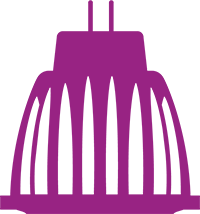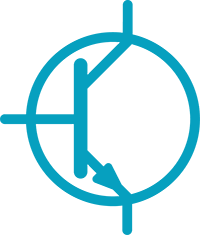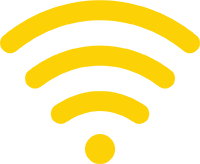Workstreams
EDNA’s focuses on 3 key workstreams:
- Demand flexible networked appliances
- Energy efficiency of data centres
- Energy efficiency of connected devices
Demand flexible networked appliances
Demand flexible networked appliances empower consumers and are able to react to requirements from the grid, for example to increase or decrease power consumption in response to renewable energy generation patterns, or to react
Energy efficiency of data centres
The IEA estimates that global data centre electricity consumption in 2022 was 240-340 TWh, or around 1-1.3% of global final electricity demand. This excludes energy used for cryptocurrency mining, which was estimated to be around
Energy efficiency of connected devices
EDNA’s work in this area is strongly focused on network standby energy. Network standby energy is the energy used by a connected device when not performing its primary function, but maintaining a network connection.




































